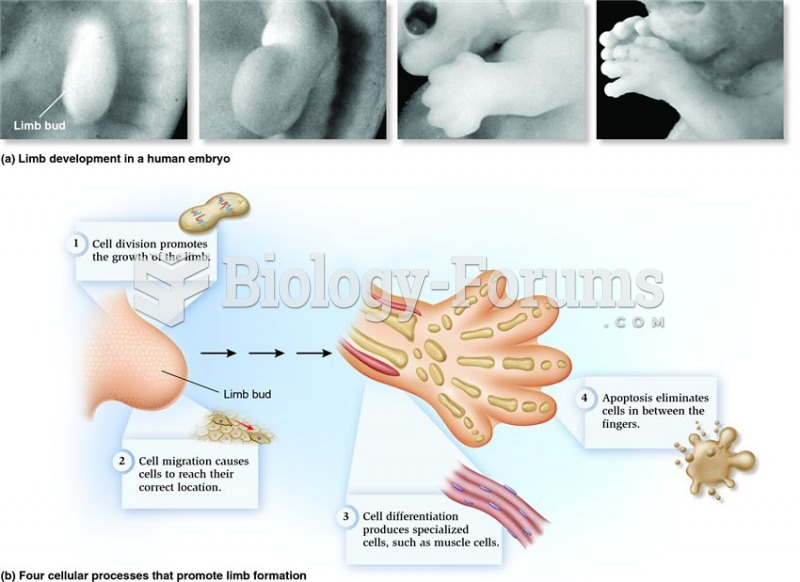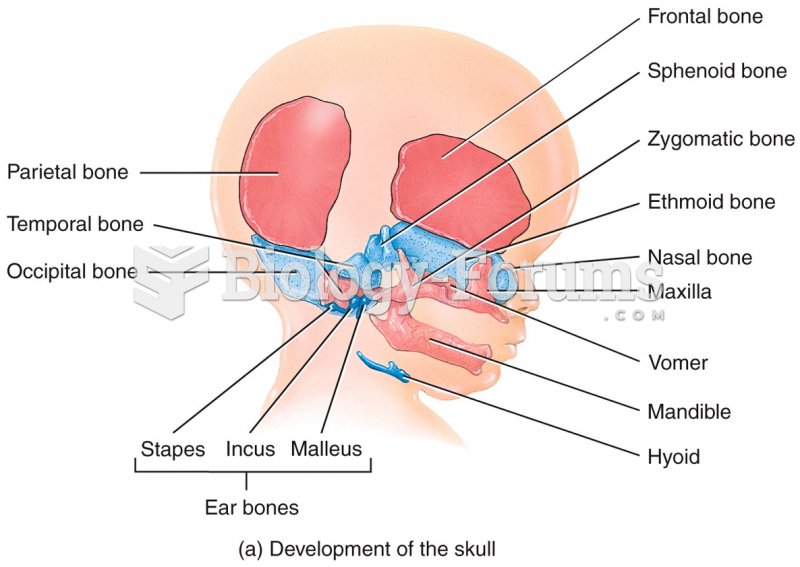Answer to Question 1
Ideal Answer: The ideal answer should:
1. Define anti-black riots of the era and provide some specific examples of riots in cities like Philadelphia.
2. Explain that antislavery efforts and black resistance to white racism in various forms and contexts caused the riots.
3. Outline how riots developed in terms of destruction to black institutions and neighborhoods.
4. Conclude that Philadelphia experienced the most number of riots for two reasons: the city contained the largest free black population of any city in the U.S., and was the location of the early abolitionist movement.
Answer to Question 2
Ideal Answer: The ideal answer should:
1. Explain that the AASS broke up in 1840 over the issue of allowing women to be leaders and preside over meetings.
2. Explain that most of its members left to establish the American and Foreign Anti-Slavery Society (AFASS) and the Liberty Party, the first antislavery political party.
3. Outline that the split in part resulted from long-standing disagreements about the role of women in abolitionism and William Lloyd Garrison's broadening radicalism. By declaring that slavery had irrevocably corrupted the existing American society, by denouncing organized religion as irrevocably proslavery, by becoming a feminist, and by embracing a form of Christian anarchy that precluded formal involvement in politics, Garrison seemed to have lost sight of abolitionism's main concern.
4. Conclude that the failure of moral suasion to make progress against slaveryparticularly in the Southand the question of how abolitionists should respond to slave unrest also helped fracture the AASS.







